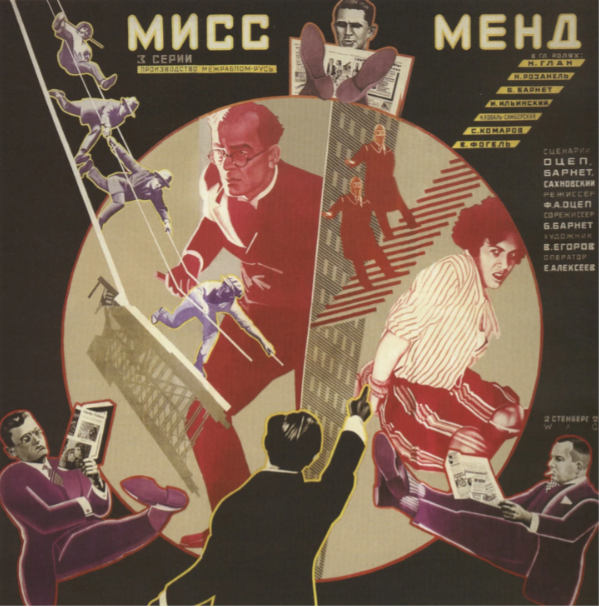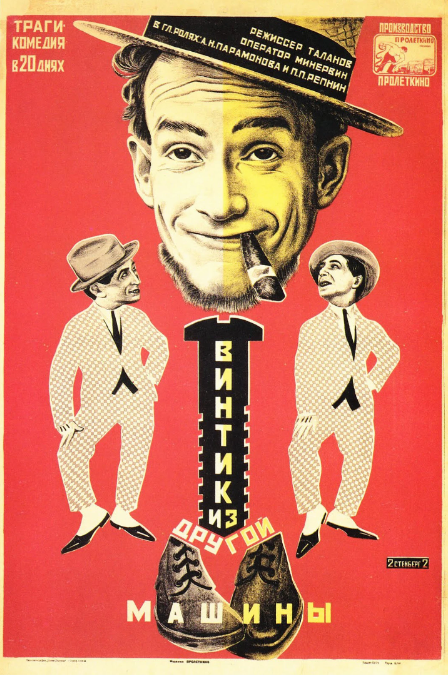How has the psychological horror genre evolved in recent times? With reference to the films The Shining (1980) and The Lighthouse (2019) using social, cultural and historical contexts.
Introduction
Stanley Kubrick’s The Shining (1980) and Robert Eggers’ The Lighthouse (2019) are both distinctive and iconic psychological horror films. They both explore concepts of isolation and paranoia as their central characters descend into madness. From the menacing use of liminal space in The Shining, to the overwhelming atmosphere of claustrophobia and doubt in The Lighthouse, these two films were selected for comparison due to their plot similarities and the fact that they were produced in contrasting eras of filmmaking. Kubrick’s film follows a family of three as their patriarch, played by Jack Nicholson, works as a caretaker for a grandiose hotel with an ominous history, slowly losing his sanity and breaking into a murderous rage by the end of the film. The Lighthouse has a similar plotline, following two men working as lighthouse keepers, completely cut off from the rest of the world – taking its toll as they begin to hallucinate, drink, and fight, ending with one man killing the other.
Point 1 – Genre
Christian Metz, a French film theorist, theorised that genres go through a cycle of four stages as they develop – the experimental stage – where the codes and conventions of a genre are founded – the classic stage – where these set conventions become iconic and staples of the genre – the parody stage – where the films become self-aware and begin to mock these tropes – and the deconstruction stage – where the rules of the genre are broken more carelessly, and sometimes where “hybrid genres” are formed as a result. (On screen quote) “The laws of genre are derived from earlier examples of that genre” Christian Metz, Film Language: A Semiotics of the Cinema [1974]).
Both films contain elements of classic horror – the standard three-act structure, violence, suspense, monsters, folk legends and religious beliefs. However, applying Metz’ theory to them, The Shining is considered to be within the classic stage, with use of parody within the brief moments of comedy scattered throughout – [insert clip] – The Lighthouse, on the other hand, is moreso a deconstruction of horror, using intentional breaks in continuity and breaking down the tropes of classic horror movies – being the roles of women, sexuality, and other factors relating to identity – to both confuse and disturb audiences as they slowly piece together the narrative and motives behind each of the characters.
Psychological horror thrives on the human emotion of empathy, which it utilises to stir up feelings of anxiety and fear within a viewer as opposed to the regular use of jump scares, gore and disturbing visual imagery seen in classic horror. While a lot of psychological horror films make use of disturbing imagery, it’s often done in such a way that twists and focuses on the human form – such as Eggers’ grotesque use of nudity filming acts modern society declares as shameful, and the deranged mannerisms often used by Kubrick’s characters.
Point 2 – Homage/Pastiche
The Shining is considered to be a postmodern film, exhibiting various themes such as the paranormal, family, and isolation. Kubrick displays this with his disorienting use of claustrophobia throughout the Overlook Hotel’s layout, through the labyrinth of endless corridors and his use of colour to further develop the atmosphere. Another concept also present throughout his film is a phenomenon known as a liminal space – a transitional area; such as an airport, shopping centre, and in this case, a hotel – a place that should be full of people, completely deserted. Audiences often find this imagery discomforting and unsettling, caused by an uncanny sense of familiarity and often nostalgia, even if they haven’t been there. Most of the similarities between the films derive from intertextual referencing; where the film recreates specific traits and iconographies featured in other media, such as Kubrick’s reference to Diane Arbus’ 1967 photograph ‘Identical Twins,’ a scene that is now an iconic part of modern film history. However, theorists such as Fredric Jameson claim intertextuality is unavoidable in the modern world, stating that [on screen quote] – “We are now, in other words, in ‘intertextuality’ as a deliberate, built-in feature of the aesthetic effect, and as the operator of a new connotation of ‘pastness’ and pseudo-historical depth, in which the history of aesthetic styles displaces ‘real’ history.” In short, Jameson is saying that complete originality is not achievable anymore, and that every piece of media has some form of reference to another.
Eggers’ film gives pastiche to some of these themes in one way or another, recycling themes of isolation and the paranormal and implementing it into a tale full of ancient folklore and mythology. In an interview with /Film, Eggers specified that for a previous film, The VVitch, he took great influence from The Shining, which clearly still has an effect in The Lighthouse, seen through Eggers’ use of sound and the consistent droning of the lighthouse, imitating Kubrick’s use of the typewriter’s constant clicking in different scenes across his film. Similarly, Eggers also uses a storm to keep his characters isolated from the rest of the world, following the theme of the supernatural, almost as if the island itself won’t let the men go, as the hotel did to Kubrick’s characters. The Lighthouse also captures a strong sense of claustrophobia through both its 1.19:1 aspect ratio and the use of a digitally added monochrome filter. The lack of visibility and tight framing creates an experience similar to the feelings of entrapment that Eggers’ characters feel stuck on the island.
Eggers’ pays homage to classic film with his use of the 1.19:1 aspect ratio in The Lighthouse, akin to the 4:3 aspect ratio that was most commonly used during the late 20th century – when The Shining was released. It should be noted that whilst Kubrick’s film was shot in a 1:1.85 ratio, it was more widely released on this ratio.
Point 3 – Representations
Throughout both of the films’ runtimes, many of the themes and representations are akin to one another, such as the representation of the human condition, familial structures, the roles of men and women, and how they’re represented appropriately to their eras.
In both films, the human condition is a key factor that drives the plotline forward, character’s mental states reflected as increasingly fragile as the films progress, part of this being the lack of help they received in light of their behaviours – as up until recent times, the role of a man within society was to be independent, aggressive, and dominant. Additionally, the extreme isolation clearly takes a negative toll on all of the protagonists, becoming more erratic until they finally break down into their climactic state. Another reason for this is the lack of understanding the men have for themselves, and the uncertainty that comes with it – something that’s played upon by the catalyst of the paranormal – the only solace they find being what both Torrance and Winslow believe to be their ‘answers’ – alcohol and the lighthouse’s beacon – which they’re told to avoid and stay away from.
Women in the two films are also represented similarly, in the sense that they’re consistently objectified for the male protagonists’ sexual pleasure – such as the woman in the bathroom and the mermaid. Liesbet Van Zoonen argues that gender’s meaning varies dependent on cultural and historical context – and evidently so; the stereotypes of males and females are highly reinforced throughout the plotlines.
Conclusion
In conclusion, the psychological horror sub-genre has now entered a deconstruction phase, used more experimentally and with a very loose structuring, evolving from its classic, rigid structures and tropes. The genre still utilises the fragility of the human mind as an antagonist, instead providing more of a body to the additional antagonists – particularly the paranormal.




